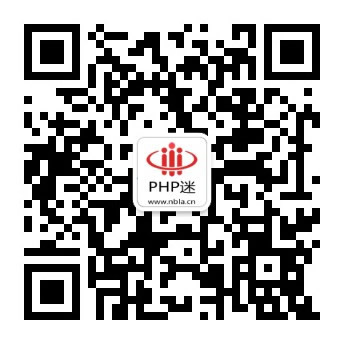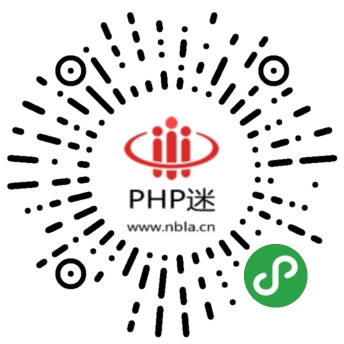自定义指令中使用AngularJS扩展HTML的功能。自定义指令使用的“指令”的功能定义。自定义指令只是替换了它被激活的元素。引导过程中AngularJS应用程序找到了匹配的元素,并做好使用自定义指令compile()方法一次活动再处理使用基于指令的范围自定义指令link()方法的元素。 AngularJS提供支持,以下列元素的类型来创建自定义指令。
- Element directives - 指令遇到时激活一个匹配的元素。
- Attribute - - 指令遇到时激活一个匹配的属性。
- CSS - - 指令遇到时激活匹配CSS样式。
- Comment - - 指令遇到时激活匹配的注释。
了解自定义指令
定义自定义的HTML标签。
定义自定义指令来处理上面的自定义HTML标签。
var mainApp = angular.module("mainApp", []);
//Create a directive, first parameter is the html element to be attached.
//We are attaching student html tag.
//This directive will be activated as soon as any student element is encountered in html
mainApp.directive('student', function() {
//define the directive object
var directive = {};
//restrict = E, signifies that directive is Element directive
directive.restrict = 'E';
//template replaces the complete element with its text.
directive.template = "Student: {{student.name}} , Roll No: {{student.rollno}}";
//scope is used to distinguish each student element based on criteria.
directive.scope = {
student : "=name"
}
//compile is called during application initialization. AngularJS calls it once when html page is loaded.
directive.compile = function(element, attributes) {
element.css("border", "1px solid #cccccc");
//linkFunction is linked with each element with scope to get the element specific data.
var linkFunction = function($scope, element, attributes) {
element.html("Student: "+$scope.student.name +" , Roll No: "+$scope.student.rollno+"
");
element.css("background-color", "#ff00ff");
}
return linkFunction;
}
return directive;
});
定义控制器以更新范围为指令。在这里,我们使用name属性值作为子的作用域。
mainApp.controller('StudentController', function($scope) {
$scope.Mahesh = {};
$scope.Mahesh.name = "Mahesh Parashar";
$scope.Mahesh.rollno = 1;
$scope.Piyush = {};
$scope.Piyush.name = "Piyush Parashar";
$scope.Piyush.rollno = 2;
});
例子
Angular JS Custom Directives AngularJS Sample Application
结果
在Web浏览器中打开textAngularJS.html。看到结果如下:





